In Pixar’s latest hit animated feature, Arlo the young Apatosaurus finds himself forced out into the wild after his father is swept away by a flood and he encounters a cave child, who he calls Spot. Blaming Spot for his father’s death, Arlo accidentally leaves his mother behind in an attempt to exact some sort of revenge. In the process, he learns a thing or two about cross-cultural friendship and what it means to face his fear.
The Good Dinosaur?is an alternative history adventure, that assumes that the asteroid (which wiped out the dinosaurs) missed the Earth. In this way it allows for the creatively ‘painted’ prehistoric backdrops and the flashy collision of humanity with the dinosaurs. Arlo’s Apatosaurus family is not alone in its representation – there’s a Styracosaurus, a pack of Tyrannosaurus Rexes, pterodactyls, and Velociraptors. The diversity of dinosaur universe – in its humor, creativity, and morality – is one of the many ways that the film speaks to its own methodology: we are called to be good neighbors, even to those appearing to be unlike us.
 The secondary (or primary, depending on your interest level) focus is on fear. Arlo is a “scaredy cat” as his brother is quick to point out early on. But his father (Jeffrey Wright) has big hopes for him, and the anti-rustling Sam Elliott character, Butch, intones that “you can’t get rid of fear but you can get through it to find out what you’re made of.” This is what sets Arlo apart: even after all he’s been through, he refuses to give up but chooses to push forward.
The secondary (or primary, depending on your interest level) focus is on fear. Arlo is a “scaredy cat” as his brother is quick to point out early on. But his father (Jeffrey Wright) has big hopes for him, and the anti-rustling Sam Elliott character, Butch, intones that “you can’t get rid of fear but you can get through it to find out what you’re made of.” This is what sets Arlo apart: even after all he’s been through, he refuses to give up but chooses to push forward.
In clear opposition to Arlo’s decision-making are those animals who admit that they’ve watched him struggle from afar but assumed that he would fail, and those animals (like the flying dinosaur tribes) who choose to ravage others rather than build community. Fear has motivated various tribes in different ways, but like any individual or group of people, how they deal with their fear (of survival, of enough, of power) takes various forms.
The included Disney short “Sanjay’s Super Team” also shows the way that we fail to sometimes accept each other’s differences – this time it’s generational. A Hindu father doesn’t understand why his son isn’t innately interested in his religion and prayer; the son doesn’t see any value in what his father is doing. But when Sanjay is magically transported to a world where his heroes are actually Hindu heroes, he begins to see things in a whole new way. Walking in his father’s shoes (in a way) allows him to accept a world that he didn’t understand before.
While Arlo sees Spot as his enemy for so long, his interaction with the human boy opens his mind to seeing the world as more than black and white. In a few situations, they each prove to be the Good Samaritan to each other, forming a friendship that is deeper and more complex than anything Arlo saw possible. While Arlo was overcoming his fear of nature, he also overcame his fear of ‘the other,’ and found that his whole world was much deeper than he ever imagined.
All because an asteroid missed, and two worlds collided instead.
Special features on the Blu-ray include a look at the team of filmmakers and what they brought to the production in “The Filmmaker’s Journey.” More creatively (inspiring and education, too!) are “True Lies About Dinosaurs” that separates fact from fiction and “Recyclosaurus,” the featurette that shows a friendly competition over how to create a dinosaur out of “spare parts.” Quite literally, there’s more here than you’d expect as the filmmakers’ throwaway bits still make for intriguing points to consider – proving what every boy knew growing up: dinosaurs are the best!



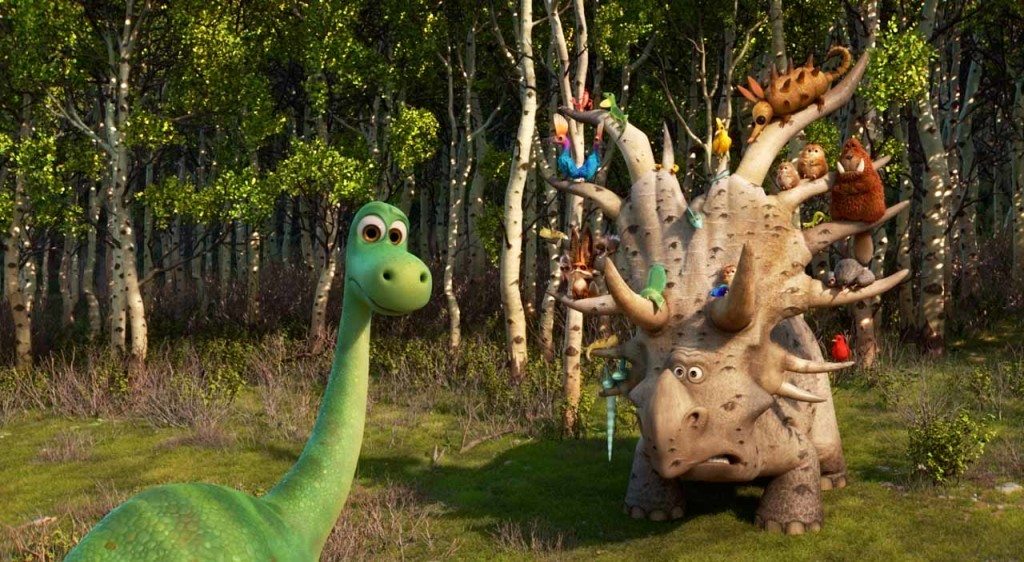
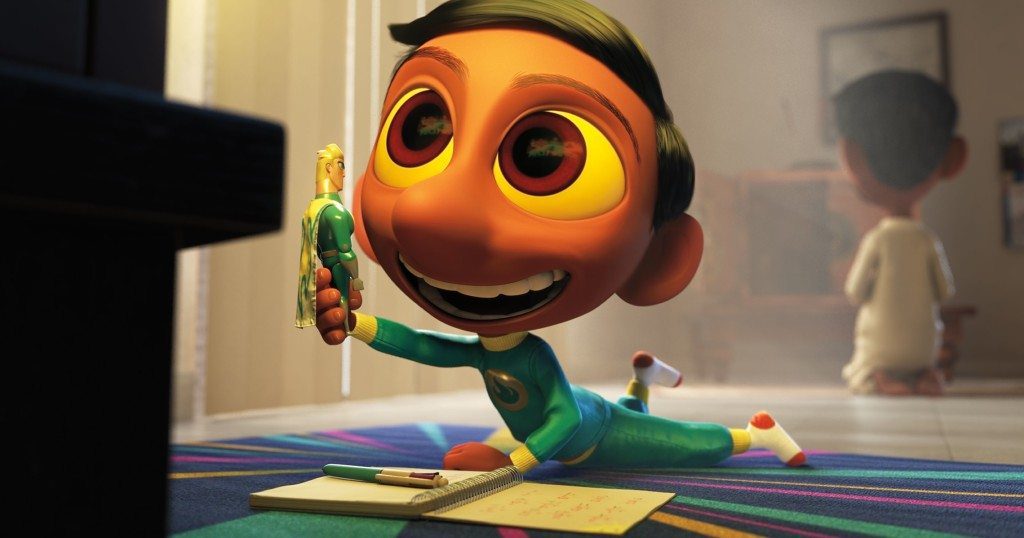
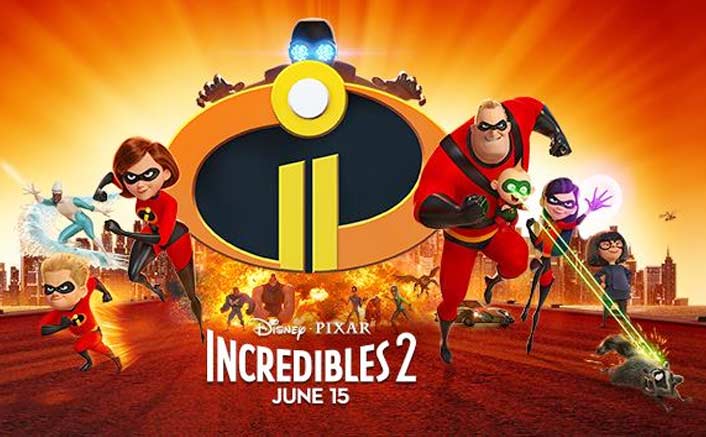
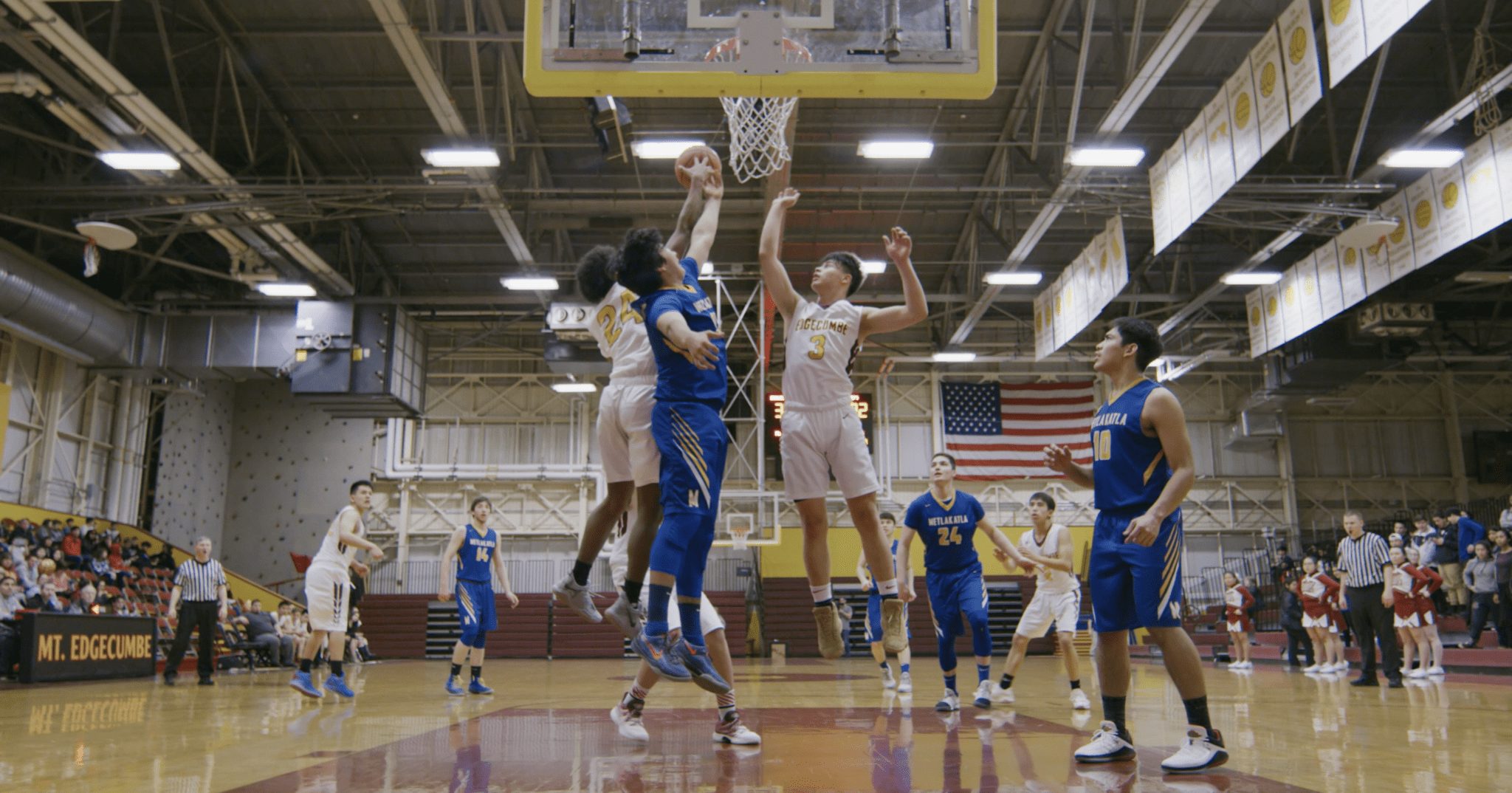
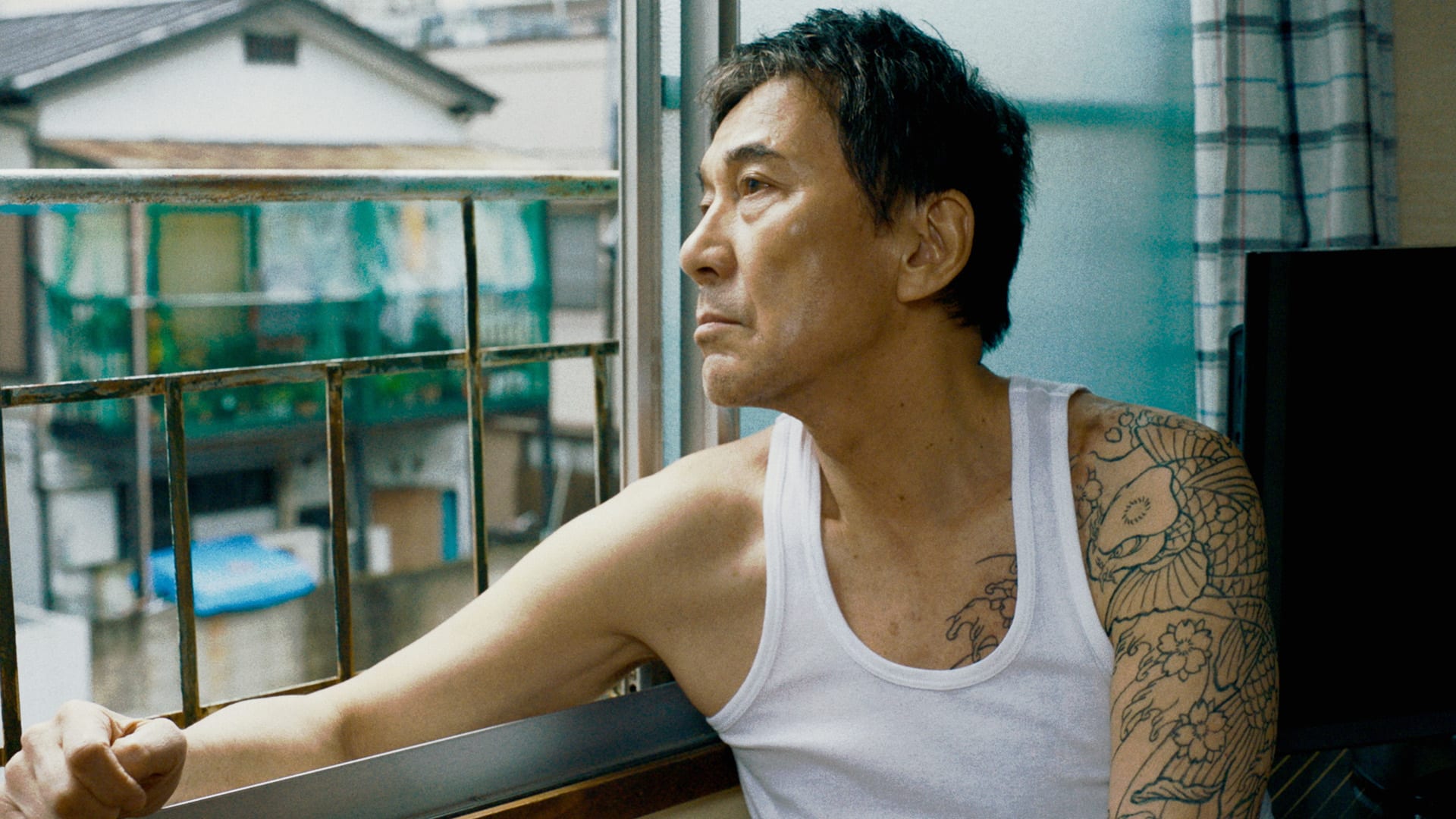
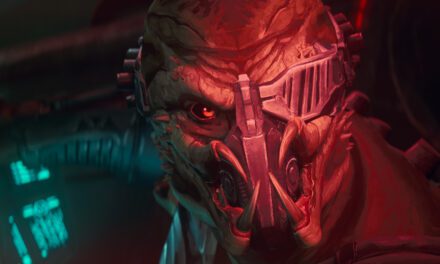
Chris Cahoon